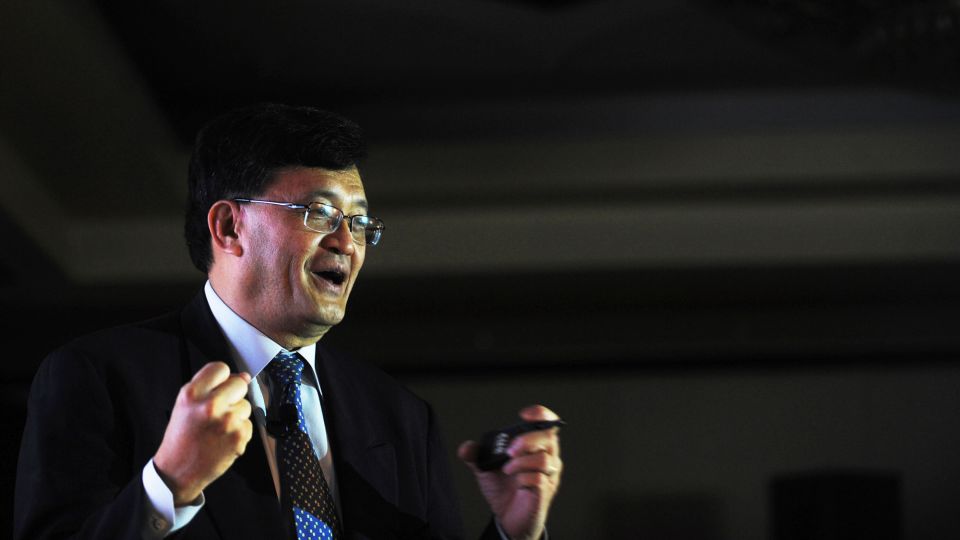
Intel has appointed a new CEO as the semiconductor leader strives to rebound from its current challenges. several bruising years That witnessed the former industry frontrunner lag behind many of its competitors.
The firm declared on Wednesday that they have appointed veteran technology investor and semiconductor sector leader Lip-Bu Tan as their new CEO, following the departure of ex-CEO Pat Gelsinger. resigned in December .
Following the announcement, Intel’s stock surged approximately 13% during after-hours trading. By the close of business on Wednesday, the company’s share price had dropped over 54%, indicating significant investor worry regarding the firm’s prospects.
Tan served over ten years as the CEO of the technology design company Cadence Design Systems, during which he orchestrated "a transformation of the business," as stated by Intel. Additionally, he co-founded and manages Walden Catalyst Ventures, an investment firm focused on semiconductors, artificial intelligence, cloud computing, and similar cutting-edge fields.
"Lip-Bu stands out as an extraordinary leader, boasting extensive knowledge of the technology sector, strong connections throughout the product and foundry communities, and a verified history of generating significant shareholder value—qualities that precisely align with what Intel requires from its upcoming CEO," stated Intel’s interim executive chair Frank Yeary. Once Tan assumes the role of CEO on March 18, Yeary will return to his position as the board’s independent chairman.
When Tan assumes leadership of Intel, he faces an enormous challenge since the company has predominantly failed to capitalize on both the mobile computing and artificial intelligence technology shifts, thereby surrendering supremacy to competitors like Qualcomm and NVIDIA. Speculation abounds. of a takeover have been circulating in recent months as Intel’s future appeared unclear.
He will have to demonstrate that he can serve as a more capable CEO than Gelsinger, the internal candidate who was seen as a kind of returning hero tasked with turning the company around when he assumed the leadership role in 2021. , but was unable to accomplish this.
In August, the firm announced plans to dismiss 15% of its workforce as part of a strategy to reduce expenses by $10 billion. Then, in November, Intel fell out of the Dow Jones Industrial Average, making way for Nvidia, which concluded a 25-year tenure during which it was one of the initial two tech companies admitted into this prestigious benchmark index.
The initiative to rejuvenate Intel, which has been a cornerstone of America’s technology sector for years, coincides with President Donald Trump’s efforts—similar to those of his predecessor, Joe Biden—to promote investments in U.S.-based chip production. High-tech semiconductors are considered crucial for national security since they drive an array of technological products such as iPhones, artificial intelligence systems, weaponry, and medical equipment. Earlier this month, Taiwan Semiconductor Manufacturing Company declared their intention to proceed with these developments. allocate a minimum of $100 billion for investment to expand its activities in the US market.
To get more Curek News updates and newsletters, sign up for an account there. Curek News
Comments
Post a Comment